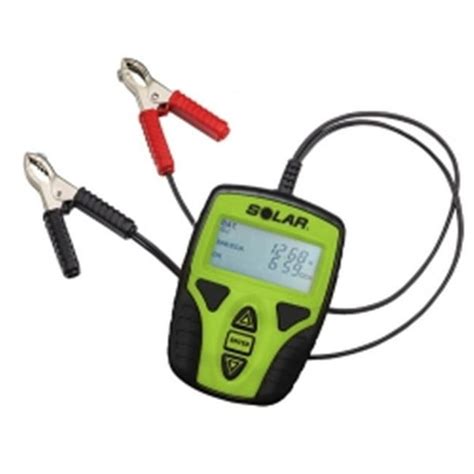
CCA Electronics-Useful Tips And Procedure Guidance
Introduction to CCA Electronics CCA (Circuit Card Assembly) electronics refer to the process of designing, manufacturing, and assembling electronic circuits on a printed circuit board[…]
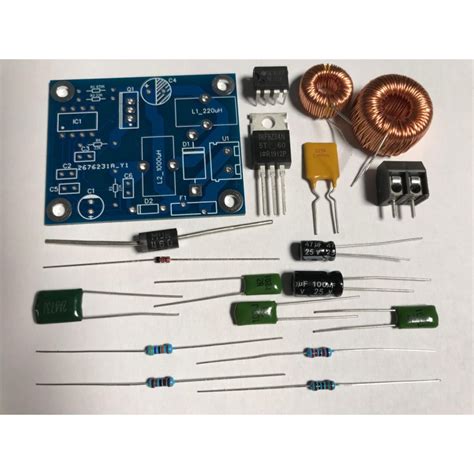
Battery Desulfator Circuit: A perfect solution for battery failure
Introduction Batteries are an essential part of our daily lives, powering a wide range of devices from smartphones to electric vehicles. However, over time, batteries[…]
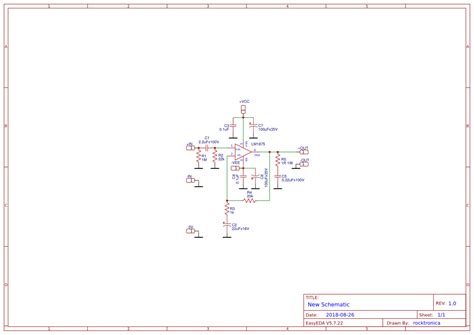
LM1875: A Comprehensive Guide on Audio Amplification
Introduction to the LM1875 The LM1875 is a monolithic power amplifier IC capable of delivering up to 30 watts of continuous average power into an[…]

Circuit Board Components And What They Do(helpful)
Introduction to Circuit Board Components Circuit boards are the backbone of modern electronics. They are used in everything from smartphones and computers to home appliances[…]
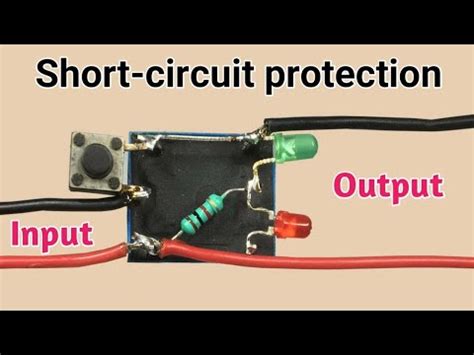
Short Circuit Protection-What You Need To Know
What is a Short Circuit? A short circuit is an electrical fault that occurs when a low-resistance path is unintentionally created between two points in[…]
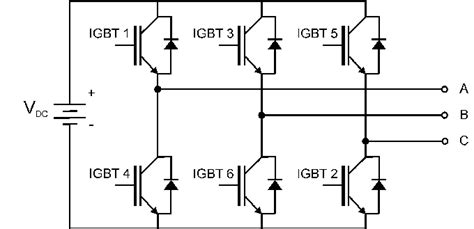
IGBT Working Principle – All You Need to Know
Introduction to IGBT An Insulated Gate Bipolar Transistor (IGBT) is a power semiconductor device that combines the best features of both MOSFETs and bipolar junction[…]

Blue Circuit Board: Why are Some Circuit Boards Blue?
Why Are Many Circuit Boards Blue or Green in Color? Circuit boards, also known as printed circuit boards (PCBs), are the backbone of modern electronics.[…]
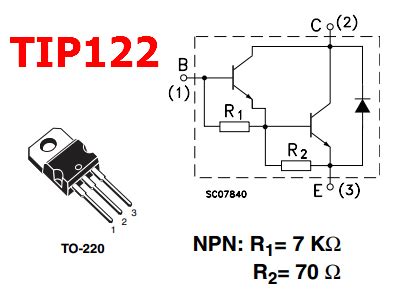
Tip122 Pinout: Guide to What it is, Features, and How to Use it
Introduction to the TIP122 Transistor The TIP122 is a popular NPN Darlington transistor commonly used in electronic projects for switching and amplifying applications. It is[…]
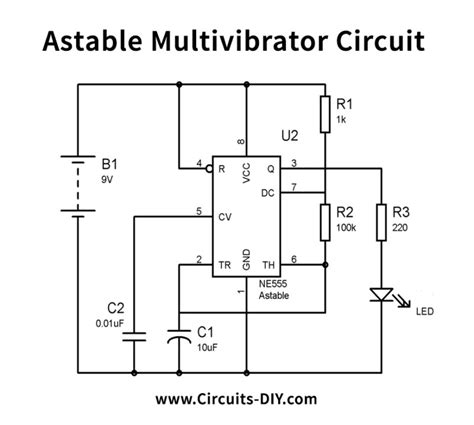
4047 IC: A Detailed Introduction To A Monostable and Astable Multivibrator
What is a Multivibrator IC? A multivibrator is an electronic circuit that generates square wave pulses or oscillations. It is a type of relaxation oscillator[…]
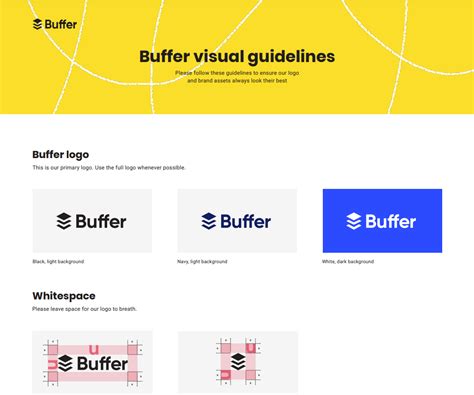
Digital Buffer – A comprehensive guide
What is a Digital Buffer? A digital buffer is an electronic circuit that provides electrical impedance transformation from one circuit to another. It is used[…]